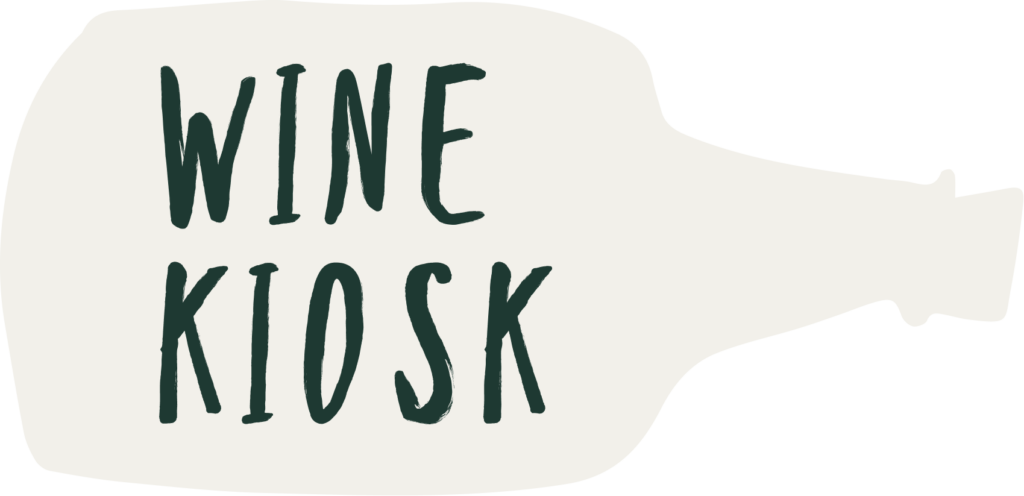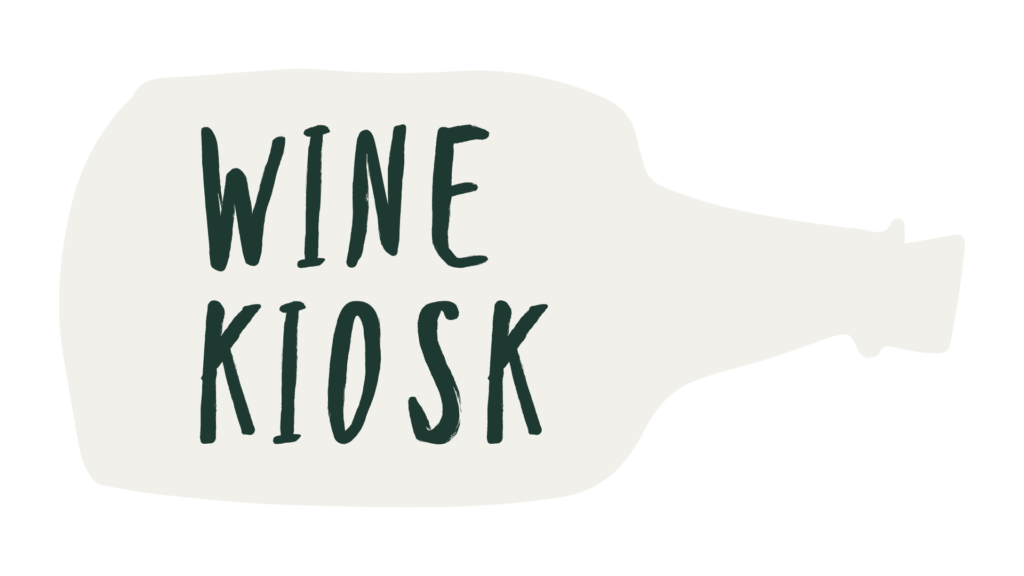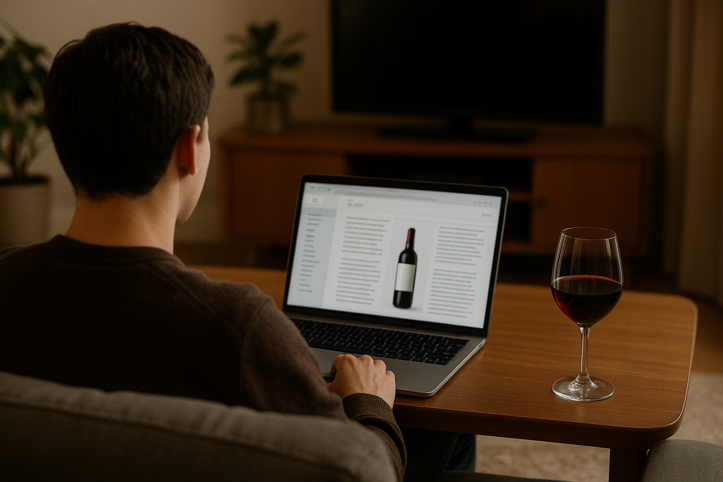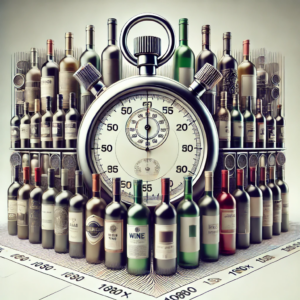Clarify Your Objective
Before you start writing, ask: What am I trying to achieve with this issue?
Each newsletter should serve a clear purpose. These are some of the most common goals in the wine trade:
- Drive repeat sales from past buyers
- Engage wine club members and reduce churn
- Boost RSVPs for events and tastings
- Educate subscribers about your wines, vintages, or values
The key is not to try to do everything at once. A single newsletter might focus on telling the story of a new release, while the next highlights an upcoming dinner event. When you try to combine every possible message into one email, clarity suffers and so does performance.
As a best practice, decide on your primary goal first, then build the content around it. You can always include a secondary call to action at the end, but the core message should remain focused.
Know Your List
It’s important to remember that a wine buyer is not the same as a wine club member, and neither is the same as someone who subscribed at an event but hasn’t ordered yet.
When possible, segment your list. Start with basic categories:
- First-time buyers
- Repeat customers
- Wine club members
- High lifetime value (LTV) customers
Even simple personalization, such as referencing past purchases or using different subject lines for club vs. non-club members, can improve engagement. If someone ordered a Rhône blend last month, you might suggest a similar style this month, or invite them to a Rhône-focused tasting.
The more relevant your content feels, the more likely people are to keep opening your emails.
Build a Reliable Content Formula
Your readers should come to expect a familiar rhythm. Just like a well-balanced blend, a great newsletter has recurring notes that make it consistent and enjoyable. Here’s a structure that works well across wine businesses of all sizes:
1: Wine Spotlights
Feature one to three wines each month. Go beyond tasting notes; include a short story about the winemaker, the vintage conditions, or the origin of a label name.
2: Timely Recommendation
Think seasonal or situational: “What to Drink in April,” “Wines for Mother’s Day,” or “Perfect for Spring Picnics.” This keeps content feeling fresh and relevant.
3: Insider Content
Give your readers a look behind the curtain: cellar photos, harvest updates, bottling schedules, or notes from the vineyard. These human touches build connection.
4: Offer or Promotion
Include a compelling offer that matches your goal. Examples:
- “Join our Wine Club and receive a bonus bottle”
- “RSVP now for the May Winemaker Dinner”
- “Preorder the 2023 vintage—quantities limited”
5: Call to Action (CTA)
End with one clear CTA. If the newsletter featured three wines, invite readers to explore them all via one link. If you highlighted an event, make it easy to RSVP.
This structure makes content creation easier for you and keeps expectations clear for your readers.
Focus on Tone and Storytelling
Wine is personal. Your emails should feel like a conversation with a knowledgeable host, not a sales pitch from a corporation. Think about how you talk to guests during tastings or events. Use that voice. Friendly, informal, but informed.Tell stories. Maybe it’s about the vineyard dog who trotted alongside harvesters, or a funny mishap in the barrel room. These anecdotes turn a wine into a memory and help people feel closer to your brand.
Readers respond to personality and sincerity. When you write like a real person who genuinely loves the wines being featured, your emails stand out.
Keep It Readable and Clickable
Most readers will open your newsletter on their phone. That means:- Use short paragraphs and clear headings
- Include eye-catching images of bottles, people, or vineyards
- Limit the email to 2–3 links or CTAs
Emails with too many buttons or long blocks of text feel overwhelming, especially on a mobile screen. A clean, visually appealing layout with one or two strong offers usually performs better than a cluttered design.
Good photography goes a long way. Highlight labels, show people in action, and use natural light whenever possible. If you don’t have a designer, try free tools like Canva or use high-quality images from your tasting room or vineyard.
Timing, Frequency & Optimization
For most wine businesses, a monthly cadence strikes the right balance. It’s frequent enough to stay relevant but not so frequent that readers tune out.As for timing:
- Mid-week emails (Tuesday through Thursday) tend to perform best
- Late morning (around 10–11 a.m.) is a reliable starting point
- Always test. Your list may have its own preferences
Track your open rates, click-through rates, and most importantly, sales data. If engagement drops, revisit your content mix, subject lines, or send time. Don’t make changes based on one bad month, but do look for trends.
Final Tips & Common Mistakes to Avoid
A few last suggestions to keep your newsletter in top shape:- Don’t publish just to “stay top of mind”; every issue should deliver value
- Avoid long-winded introductions. Get to the good stuff quickly.
- Keep growing your list: collect emails at tastings, online checkouts, and events
Done well, your monthly wine newsletter becomes more than just a sales tool. It becomes part of your brand experience and something your readers look forward to with each new bottle.
Want to explore building a better newsletter strategy? We’ve partnered with wine brands around the world to create immersive campaigns that inform, engage, and invite readers back for the next pour. Get in touch to see how you can leverage our experience to further your goals.





